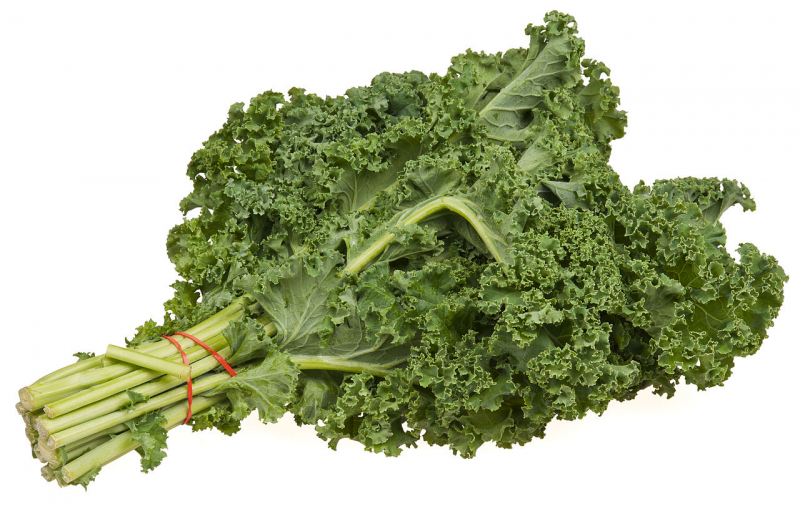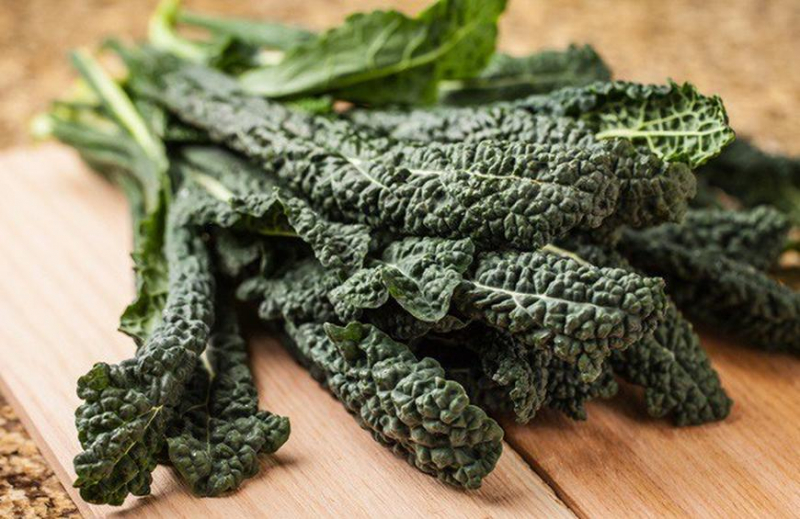Kale
Kale is the king of all the incredibly nutritious greens. One of the healthiest and most nourishing plant meals available, without a doubt. Kale is bursting with healthy substances, some of which are potent anti-inflammatory agents. Popular vegetable kale belongs to the cabbage family. It is a cruciferous vegetable, the same family as Brussels sprouts, cabbage, broccoli, cauliflower, and collard greens. Kale comes in a wide variety of varieties. The form of the leaves might be smooth or curly, and they can be either green or purple. Curly kale, also known as Scots kale, is the most popular kind of kale. It features green, curly leaves and a stiff, fibrous stem.
Additionally, it has 3% or more of the Daily Value (DV) for thiamin, riboflavin, niacin, iron, and phosphorus. This has 33 calories overall, 6 grams of carbohydrates, 2 of which are fiber, and 3 grams of protein. Alpha linolenic acid, an omega-3 fatty acid, makes up the majority of the fat in kale's relatively low fat content. Kale is one of the most nutrient-dense vegetables available due to its very low calorie count. A great way to significantly boost your diet's overall nutrient content is to eat more kale. Kale also contains a number of potent antioxidants, such as quercetin and kaempferol, which have numerous positive health effects.
The epitome of a healthy diet is kale. You might be surprised by how versatile kale is if you haven't used it for much more than sautéing or juicing. It may be smooth when cooked or mellow in a soup, sharp in a salad, crunchy as "chips", etc. All methods of preparing kale are simple, and there are a variety of dishes that will change the way you typically serve this tasty, high-nutrient vegetable.










